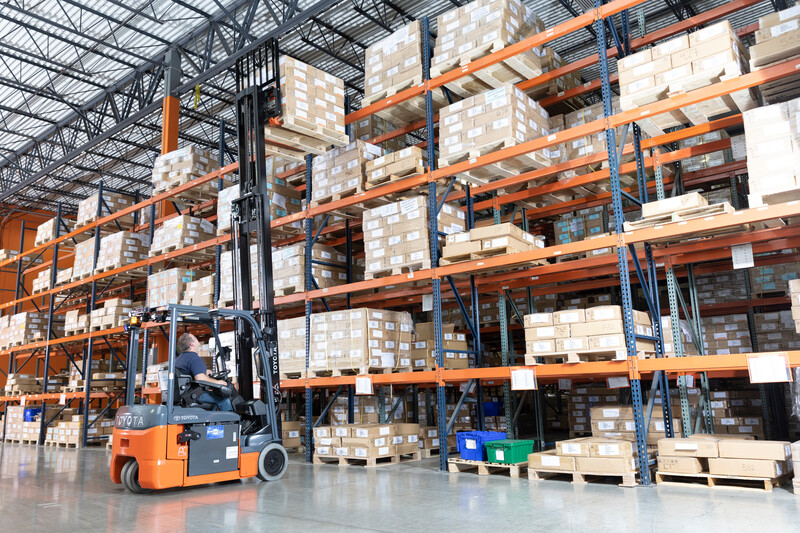In fast-paced environments like warehouses, ports, and distribution centers, ensuring safety while maintaining efficiency is a top priority. Capacity yard trucks, known for their reliability and performance, are also designed with safety in mind. Let’s explore five key ways these yard trucks help enhance safety on the job.
1. Enhanced Visibility for Operators
One of the most critical safety features of Capacity yard trucks is their enhanced visibility. These trucks are equipped with large, clear windows and strategically placed mirrors to give operators a better view of their surroundings. In busy yards where trailers and personnel are constantly on the move, improved visibility helps drivers avoid collisions and accidents. Additional safety features like backup cameras can further assist in monitoring blind spots, ensuring a safer work environment.
2. Advanced Braking Systems
Capacity yard trucks are built with advanced braking systems that provide greater control and stability, especially when hauling heavy loads. These braking systems are designed to respond quickly and effectively, reducing the risk of accidents caused by delayed stopping or brake failure. In environments where trucks are frequently stopping, starting, and maneuvering, reliable braking systems are essential for the safety of both the operator and nearby workers.
3. Ergonomic Design for Operator Comfort
An often overlooked aspect of safety is the physical well-being of the operator. Capacity yard trucks are designed with ergonomics in mind, offering adjustable seats, easy-to-reach controls, and spacious cabins that reduce strain on drivers. When operators are comfortable, they are more focused and less fatigued, which helps minimize errors and accidents caused by physical discomfort or exhaustion. Over time, this contributes to a safer and more productive work environment.
4. Stability and Control in Tight Spaces
Navigating a busy yard requires precision and control, especially when moving trailers in and out of tight spaces. Capacity yard trucks are engineered for stability and easy maneuverability, helping operators make smooth and controlled movements, even in congested areas. Their precise handling capabilities reduce the risk of tipping or accidents, ensuring safe operations in high-traffic areas.
5. Emergency Safety Features
Capacity yard trucks come equipped with emergency safety features like automatic shutoff systems and anti-roll technology. These features are designed to prevent accidents in critical situations. For instance, the automatic shutoff system can disable the truck in the event of a malfunction, while anti-roll technology helps prevent the truck from rolling over on uneven ground or during sudden stops. These proactive safety measures add an extra layer of protection, keeping both operators and ground personnel safe.
Safety is a crucial aspect of material handling operations, and Capacity yard trucks are built to meet this need. With enhanced visibility, advanced braking systems, ergonomic designs, and emergency safety features, these yard trucks offer operators the tools they need to work efficiently and safely. By prioritizing safety, businesses can reduce workplace accidents, improve productivity, and maintain a safer environment for everyone on the job.









